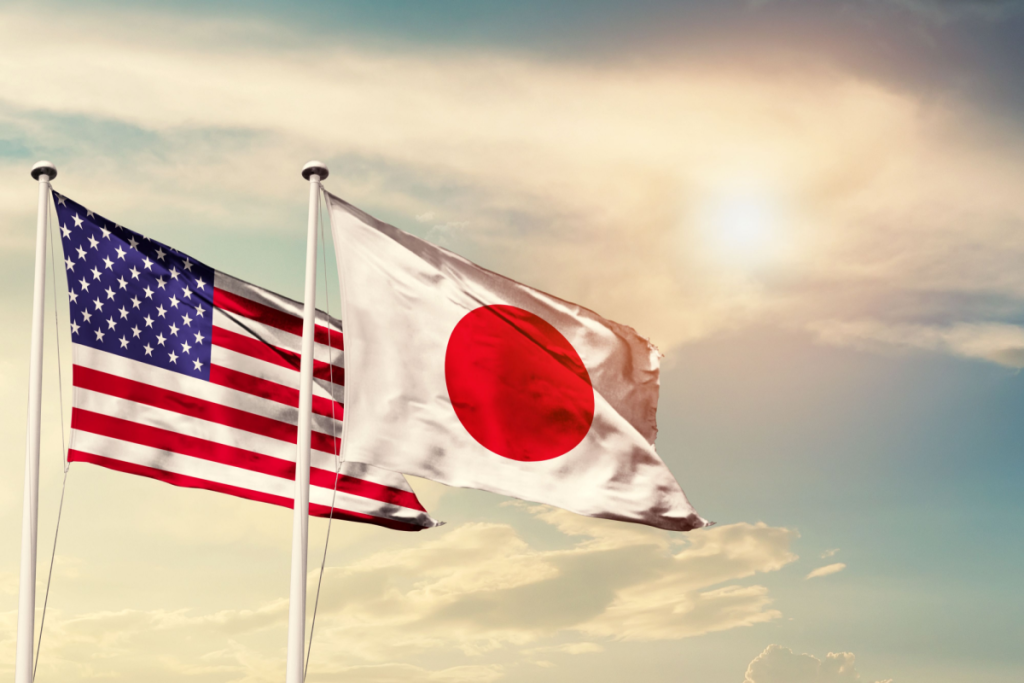Exports Contract Less Than Expected
Japan’s exports contracted by 0.1% year on year in August, marking a fourth consecutive month of decline but beating forecasts of a steeper 1.9% drop. The softer contraction followed July’s 2.6% fall and was driven by stronger shipments to Asia and Europe, which helped offset weakness in exports to the United States.
Regional Trade Trends
Exports to Asia rose 1.7% from a year earlier, while shipments to Western Europe jumped 7.7%. By contrast, exports to the U.S. plunged 13.8%, a sharper fall than July’s 10.1% decline. Autos, historically Japan’s largest export to the U.S., saw values drop 28.3% in August. Exports to mainland China slipped 0.5%, but shipments to Hong Kong surged 14.4%.
Imports and Domestic Outlook
Imports fell 5.2% in August, easing from July’s 7.4% decline but worse than the 4.2% drop expected by economists. Japan continues to grapple with U.S. tariffs and reduced demand after a wave of front-loaded shipments earlier in the year. Despite this, exports for 2025 are still forecast to rise 2.5% compared with last year, before an expected 0.7% decline in 2026.
Political and Economic Context
The export data comes as Japan faces political turbulence, with Prime Minister Shigeru Ishiba preparing to step down following election losses that cost the ruling Liberal Democratic Party its parliamentary majority. The Bank of Japan is set to announce its rate decision on Friday, with analysts widely expecting rates to remain at 0.5%.
Market Reaction and Outlook
Following the release of trade data, Japan’s benchmark Nikkei 225 index slipped 0.12%. Economists cautioned that while the August figures looked resilient, underlying trends such as weakening new export orders point to challenges ahead. Capital Economics expects export volumes to shrink in 2026 as slower external demand and reduced capital spending weigh on trade performance.


